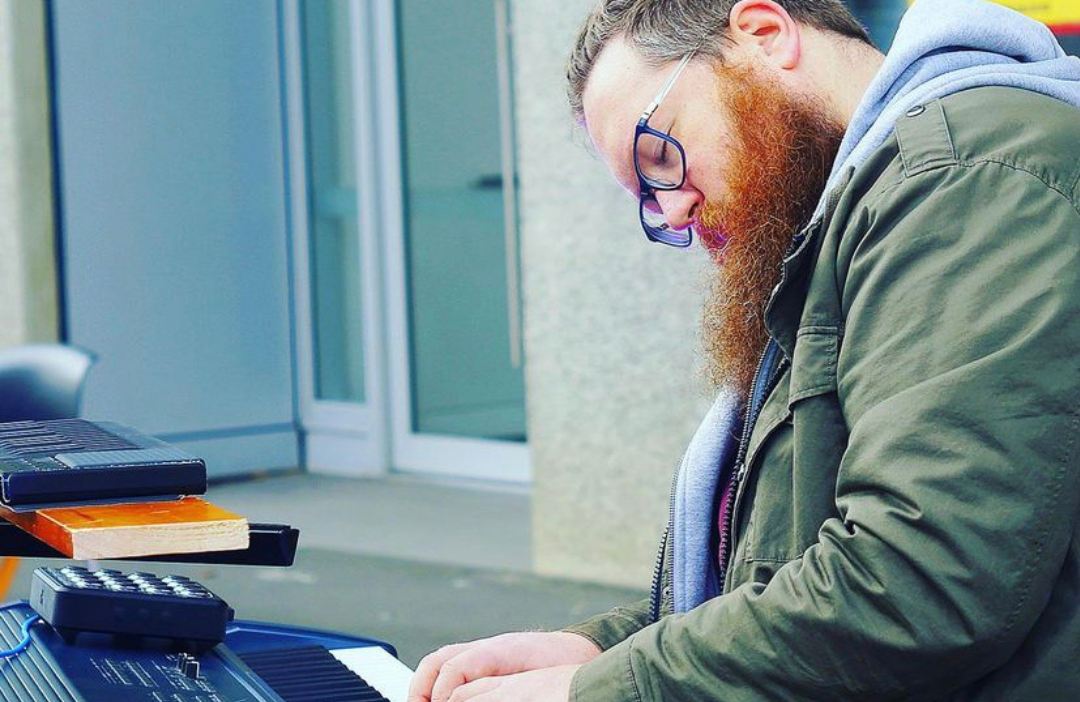Humans are creative beings - Dr Jeremy Mayall on Innovating Streets


Humans are creative beings. This is how we have invented, adapted, innovated and imagined our way from the beginning of human life to now.
Because of this, our capacity for change is immense. Sometimes that change can be difficult, but we have the ability to make sense of it and to re-imagine the way we can collectively move forward into a transformational tomorrow.
As we develop, we learn from each other, we create the spaces where we live, work, and play informed by our current needs, the technologies we use, and the way we move from place to place. But as we continue to grow, we need to find opportunities to take the time to imagine what the world will be like in 10, 20, or 50 years. This is important work because it will allow us to be good ancestors and make sure we set some solid foundations for change if we want to be a vibrant, liveable city in the future.
The quality of the environment in our urban areas is of vital importance to this vision. This quality is one of the main factors that determine whether a city is a healthy place to live, whether we enjoy living there, and whether we want our children to grow up there. Some of the key issues that have a negative effect on this is road traffic. In a city area this focus on cars can result in poor air quality, unacceptable levels of constant noise (which is an ongoing health risk for people and animals) and a weakened sense of neighbourhood and local community.
Innovating Streets is an initiative from Waka Kotahi (NZ Transport Authority) that is looking to utilise tactical urbanism as a way to explore the concept of people-focussed streets, (which has been a growing trend internationally) in the cities and communities of Aotearoa. This fund was for projects that used “tactical urbanism techniques such as pilots, pop-ups and interim treatments that make it safer and/or easier for people to move around or access community spaces. Projects could be anything from piloting a new walking or cycling facility to pop-up community-led street events, to trialling a low-traffic neighbourhood or reallocating more street space for people.”
Constrained urban spaces need to accommodate all people and all different sorts of mobility: motorised and non-motorised, individual and collective, fast and slow. Our urban centres need to be reprioritised in favour of transportation modes such as walking, cycling, and public transport, and adapt in a way that encourages more people to be active in those spaces, and to ensure that people actually feel safe in being in those new human-centric (rather that car-centric) spaces. These re-purposed spaces should be highlighting accessibility and safety. These changes can have a hugely positive impact on the economic scale for local businesses as well.
The other exciting thing to mention here is that projects like these enable the addition of creativity and activation to our city spaces. Humans are storytellers. We share through story. We understand through story. We inspire and make change through story. Urban spaces have the potential to be the canvas for those stories – through painting and murals, to sculpture and light, to music and dance and words and more. Our cities are a space for us to share local stories and to inspire conversations, and reflections. Also, by creating beautiful, vibrant, colourful spaces, we can allow space for moments of awe – which is vital for our mental health and wellbeing.
There are many different things to explore when we take the time to create our cities for people. We need to consider option, access, equity, safety, and activity. But when it all comes down to it, aren’t the people who live in our city and the varied human things they do in it, the reason these places exist at all? When we focus our spaces on cars, we are constraining people from moving through space in a non-orderly fashion. When we prioritise a car, or the ability to park right outside a destination, over the interesting, creative, unpredictable, joyful aliveness that human beings will inevitably bring to all public spaces they feel connected to, we’re effectively stripping our streets of their richness.